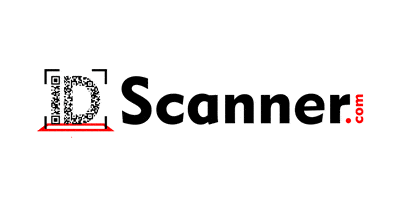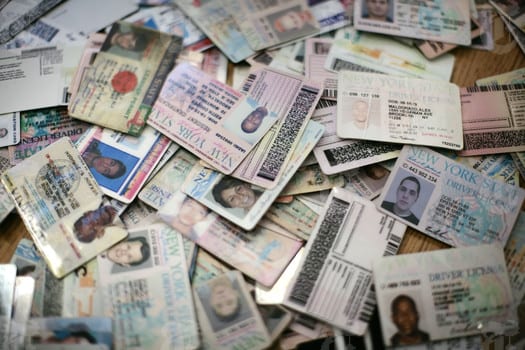Types of ID cards
The term ID reader has many meanings. ID stands for Identification but there are many types of IDs such as driver’s licenses, student IDs, passports, national identification cards, medical insurance cards and membership cards. Each of these IDs uses different types of machine readable technologies. For instance, medical ID cards in Germany use smart chips or are smart cards. However, in the US, most medical insurance ID cards use magnetic stripe technology. Driver’s Licenses in the US use PDF417 barcodes but previously used magnetic stripes. Student IDs use magnetic stripes but some schools issue cards with a 1D bar code. US passports use optical characters and more recently have started incorporating radio frequency (RF) chips.
In addition to the types of machine readable technologies used on the various ID documents, several formats of technologies can appear on the same card! For example, many driver’s licenses in the United States have both magnetic stripe and barcodes. Although this may seem excessive, it allows for a broader array of people to be able to scan the ID. Some bars may have a magnetic stipe card swiper to check IDs. On the other hand, a police cruiser might use a barcode “dipper” to read ID cards. For the maximum amount of coverage and readability, many states and business choose to use multiple types of machine readable technologies on the same card.
What information does an ID card store?
ID cards can store many types of information. There are many different types of ID readers for each type of card. For instance, driver’s licenses in the US contain Driver’s License number, name, address, city, state, zip, date of birth, document expiration date, gender, and driver’s license classification details. Passports have date of birth, pass port number, name and other identifying details. Student IDs typically have only student ID and expiration date. Medical ID cards have policy number information and name.
Funnily enough, Medical ID cards in the US aren’t that durable and not designed to be easily read. It turns out the insurance companies prefer to have mistakes when doctors file claims. Health club membership cards typically have only an ID number. In order to read all of these different types of ID cards there are many different scanning products on the market. It is important to purchase the right technology to scan all of the IDs you want to scan.
Know the terminology.
So to say “ID Reader” can mean many things. It can mean a device which reads an ID card, but sometimes its also called an ID Scanner or Card Reader or Radio Frequency ID (RFid) Reader. It really depends on the type of machine readable technology used. Sometimes even a business card scanner is call an ID reader, but when Optical Character Reader technology (OCR) is applied to reading IDs, it often provides less than stellar results, because of the inherent error rate of OCR. ID cards must be read with accuracy, which is why card issuers included machine readable technology (magnetic, barcode, RF, special OCR fonts) on the document.
Thad Tinkelbaum is an industry expert in the ID scanning technology field. He recommends ID Scanner as a resource for more information on ID scanner products.

